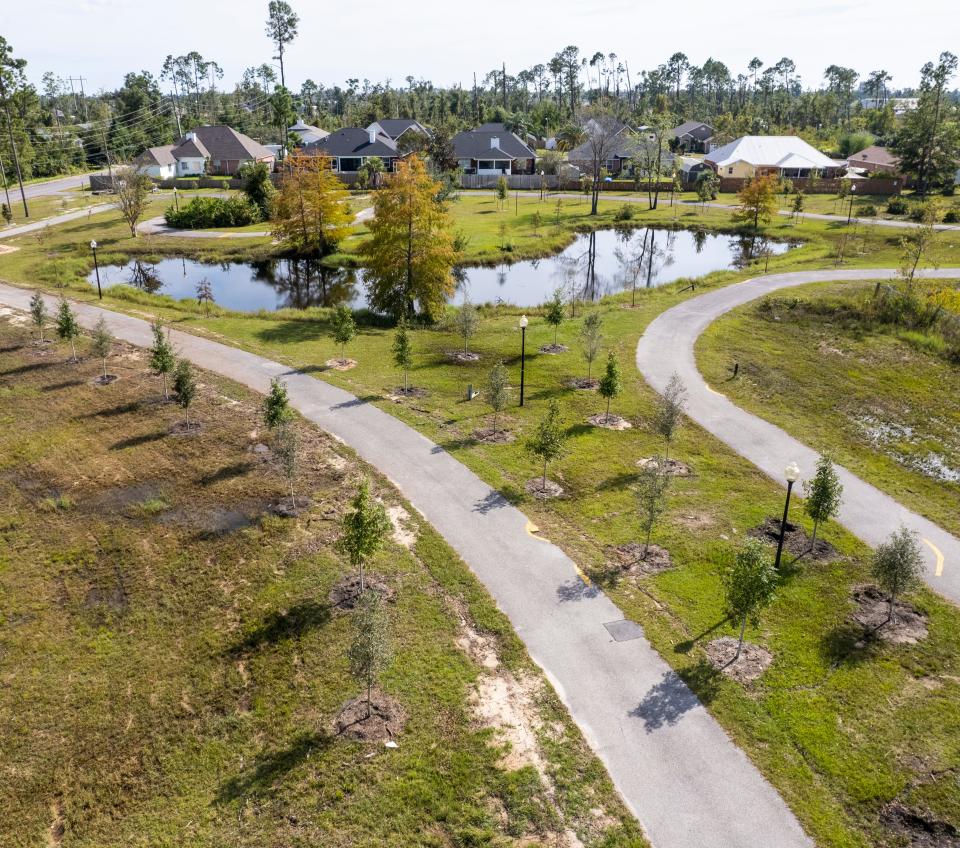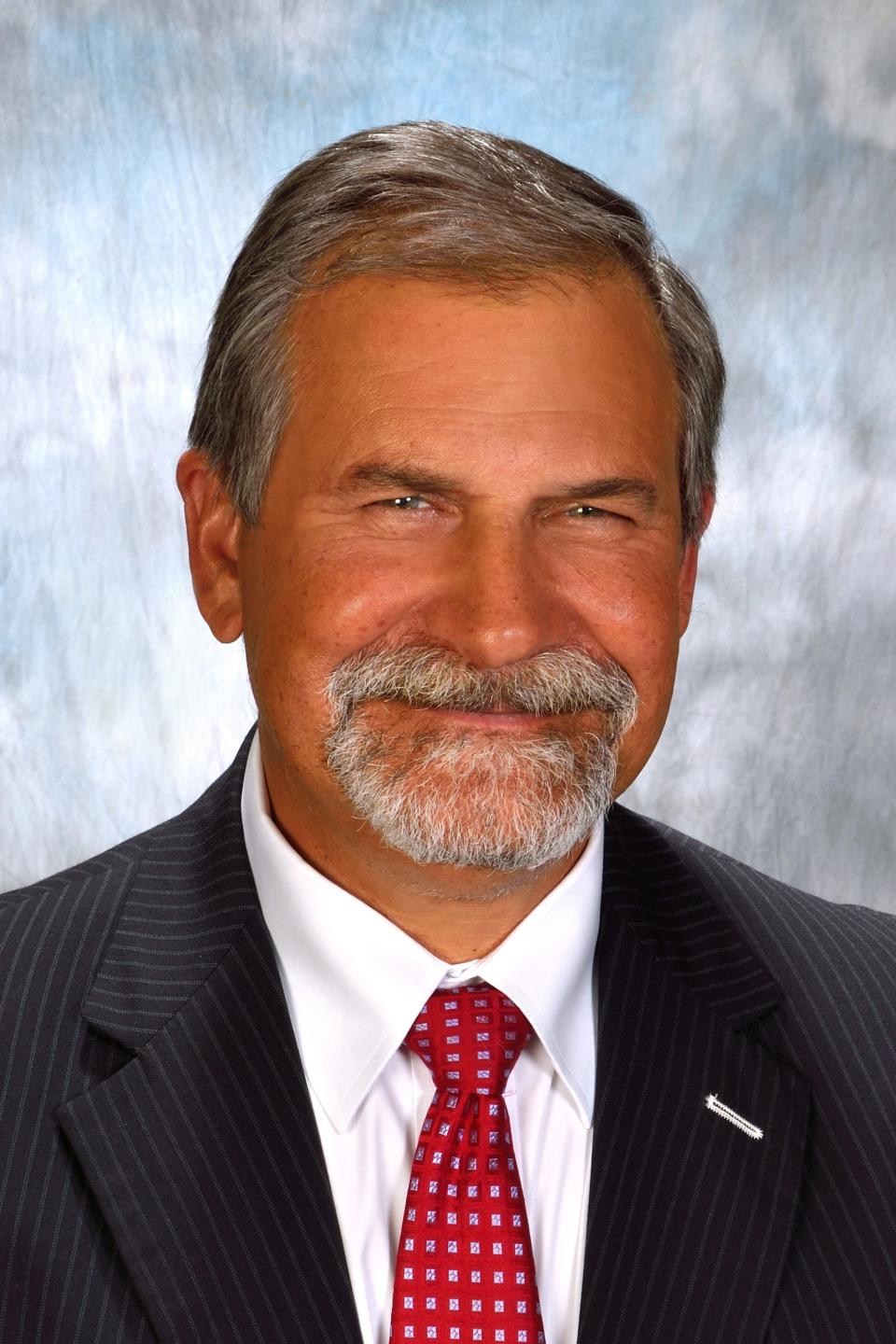Recovering with the right tree in the right place at the right time | Guestview
Nearly four years after the devastation of Hurricane Michael, Panama City is open for business — and tree planting.
As of today, Arbor Day, the city is hosting its eighth tree give-away event since the launch of ReTreePC, a community initiative with the mission to plant 100,000 trees by 2025 and restore the city’s tree canopy that was devastated by the hurricane. With a current inventory of 8,000 trees on public property and approximately 4,000 given away that have been planted on privately owned land, ReTreePC has made progress towards this ambitious goal. Yet it’s not enough to simply replace the number lost during the hurricane — we must plant the right tree in the right place at the right time.

George Gainer: Bay County hits home run during 2022 legislative session | Guestview
'Kind and generous heart': Tom P. Haney left an indelible mark on Bay County | Guestview
Our tree canopies possess benefits that extend far beyond aesthetic green space. Many are aware that trees help reduce carbon emissions and promote clean air and water. But as the years post-Michael have proven, trees are also critically important in mitigating flooding. Trees’ root systems soak up excess groundwater, stabilizing water table levels and reducing flooding after severe weather. Across the city, we’ve seen an increase in flooding since the hurricane, exacerbating damage caused during Michael and slowing recovery efforts. In addition to ReTreePC’s aggressive replanting efforts, we are combating flooding through improvements to city infrastructure and research studies on the water table levels.

Flooding isn’t the only damaging byproduct of urban tree loss, however.
Without the shade provided by the urban tree canopy, increased sun exposure on concrete can warm the city by several degrees. Known as the urban heat island effect, increased temperatures affect quality of life and the year-round mild climate the Panama City community typically enjoys. Increased temperatures also lead to another threat raised by downed tree debris — wildfires. After Michael, nearly 31 million cubic yards of debris covered the Florida Panhandle, including approximately 5 million cubic yards in Panama City alone. This debris, along with the new vegetation that has grown in the absence of trees, creates a fuel load that has contributed to the fires that consumed more than 40,000 acres locally over the past few months.
Black History Month: Black community proud of Bay County's groundbreakers | Guestview
Don’t be a bystander: Get involved in climate change fight | Guestview
With the backing of state and federal grant funding, the ReTreePC initiative has been aggressively working to repopulate trees, successfully completing our first phase with the creation of a digital tree inventory. However, to truly restore our tree canopy, and ultimately the quality of life in Panama City, it’s not enough to only replace the quantity of trees. The sheer devastation from Hurricane Michael showed that many of our trees were not planted in the right locations or were the wrong species entirely. To correct this, as part of ReTreePC, the city has selected species native to the area, including oak, magnolia, cypress and maple trees, for our new replanting efforts. Native species thrive best in the local soil and are proven to be more resilient in our local weather conditions.
ReTreePC isn’t simply stopping at choosing the right trees, though. Our digital tree inventory, part of the i-Tree program, tracks trees on public property and allows us to identify the best locations for replanting. Using the inventory as a guide, we identified four locations in greatest need, including H.D. Mathis Park — where new trees are projected to keep more than 200,000 gallons of storm runoff from flooding our streets and homes. Our “rebuild smarter” philosophy extends to other city recovery efforts, such as the downtown Harrison Avenue streetscape project where we are installing Silva Cell “soil cells,” a suspended pavement system to support tree growth and manage stormwater runoff. These underground cells help filter pollutants from rainfall, mitigate flood water levels, and protect tree root systems. The soil cells are only one example of how Panama City is not only restoring what was lost in Hurricane Michael, but creating a stronger, more resilient city than existed before.
Planting the right tree in the right place is a great start, but now we must continue working together to plant at the right time. And what better moment for planting than early spring, on Arbor Day? I hope you’ll get involved and join our efforts as we not only restore what we lost four years ago, but also build a stronger and brighter future for our city — one tree at a time.
Greg Brudnicki is the mayor of Panama City.
This article originally appeared on The News Herald: ReTreePC initiative repopulates trees in Panama City | Guestview

